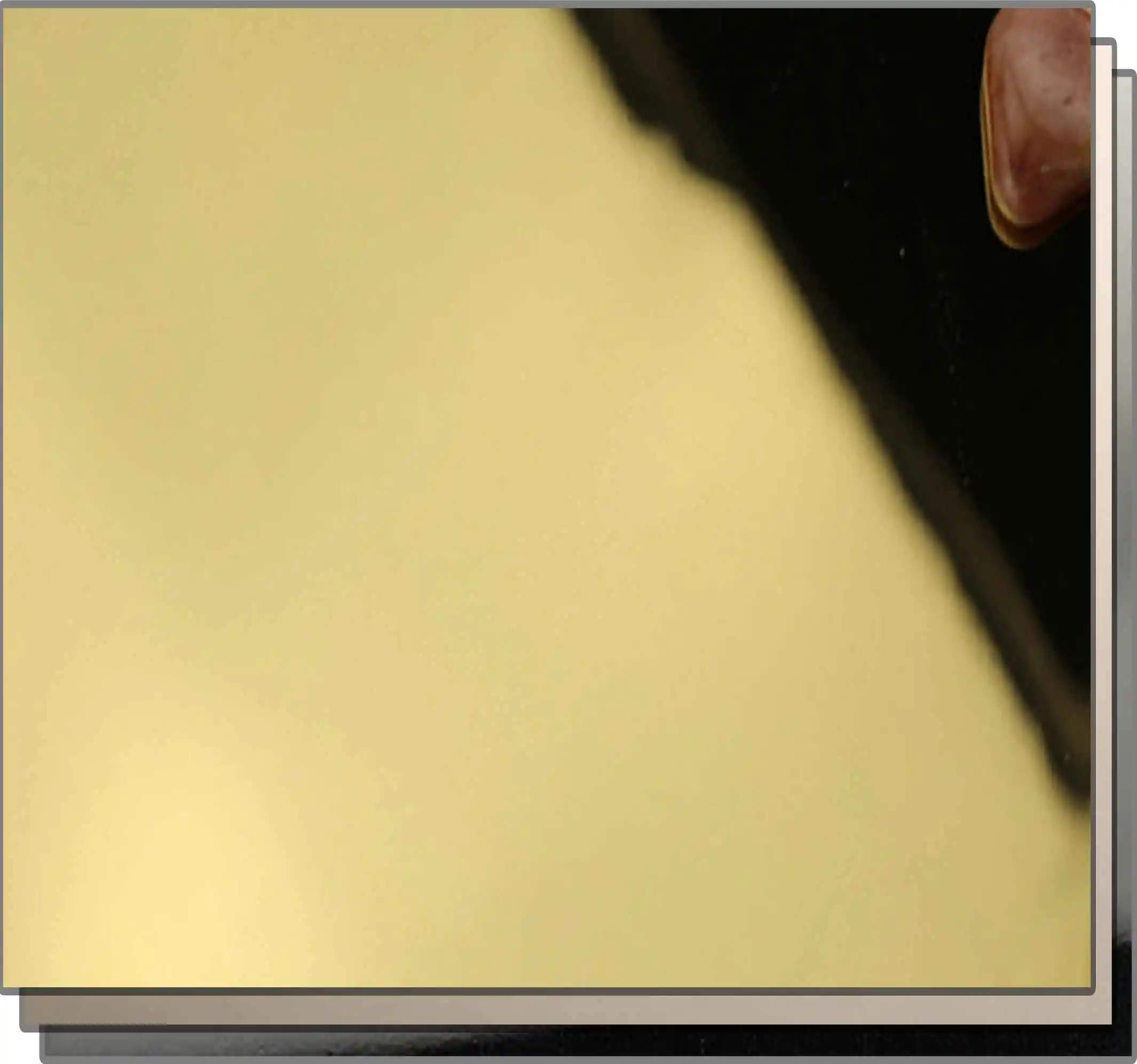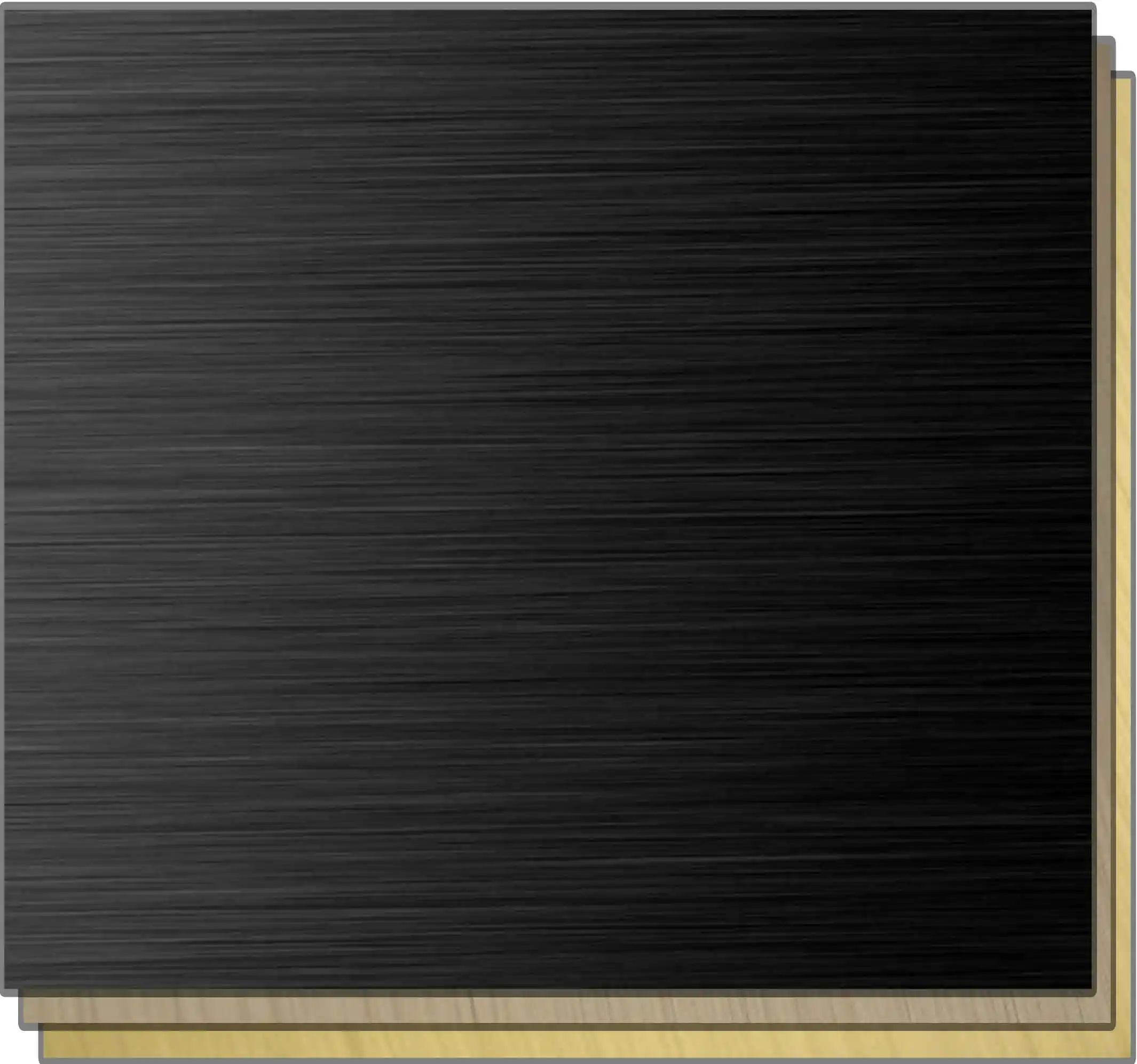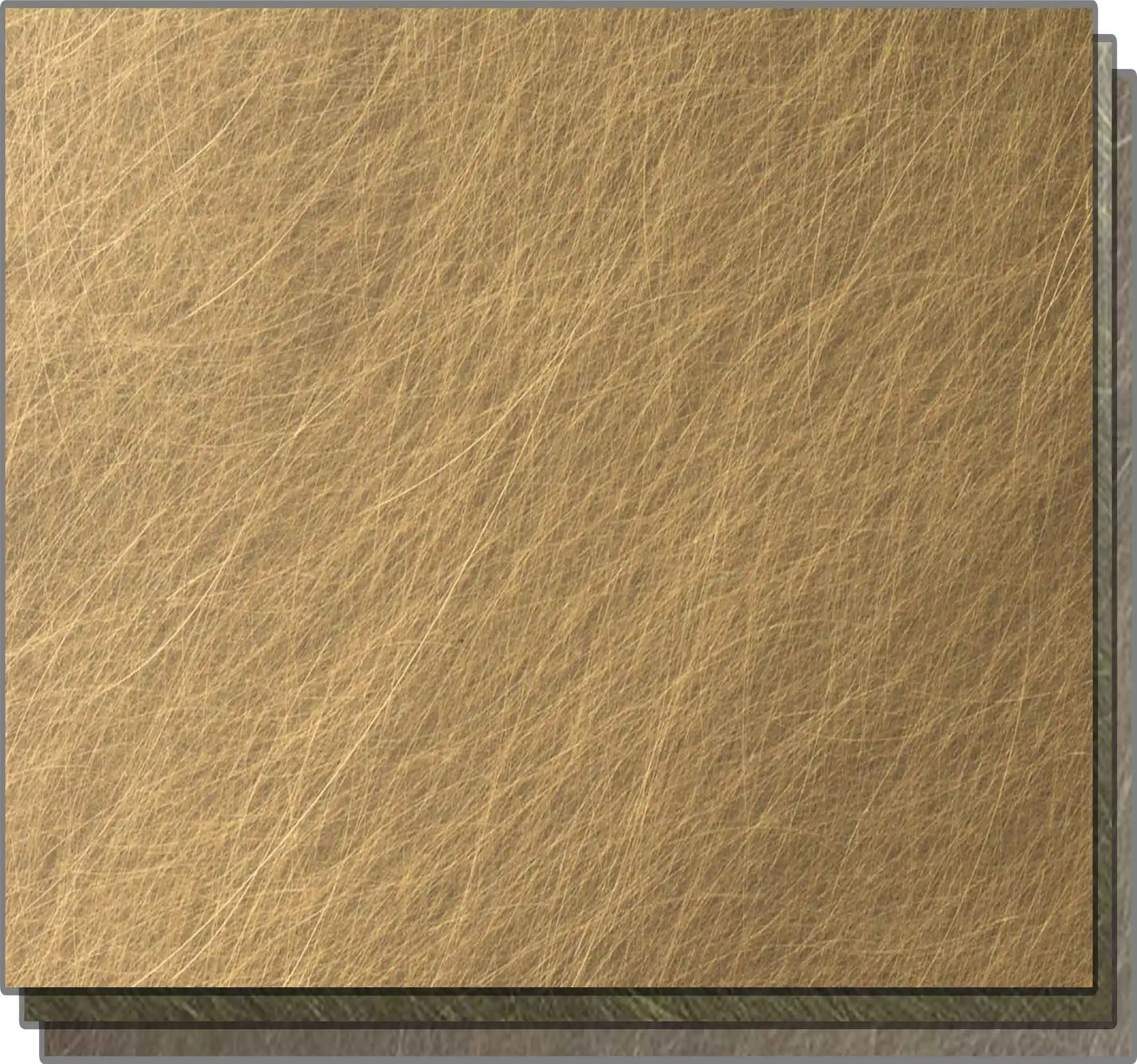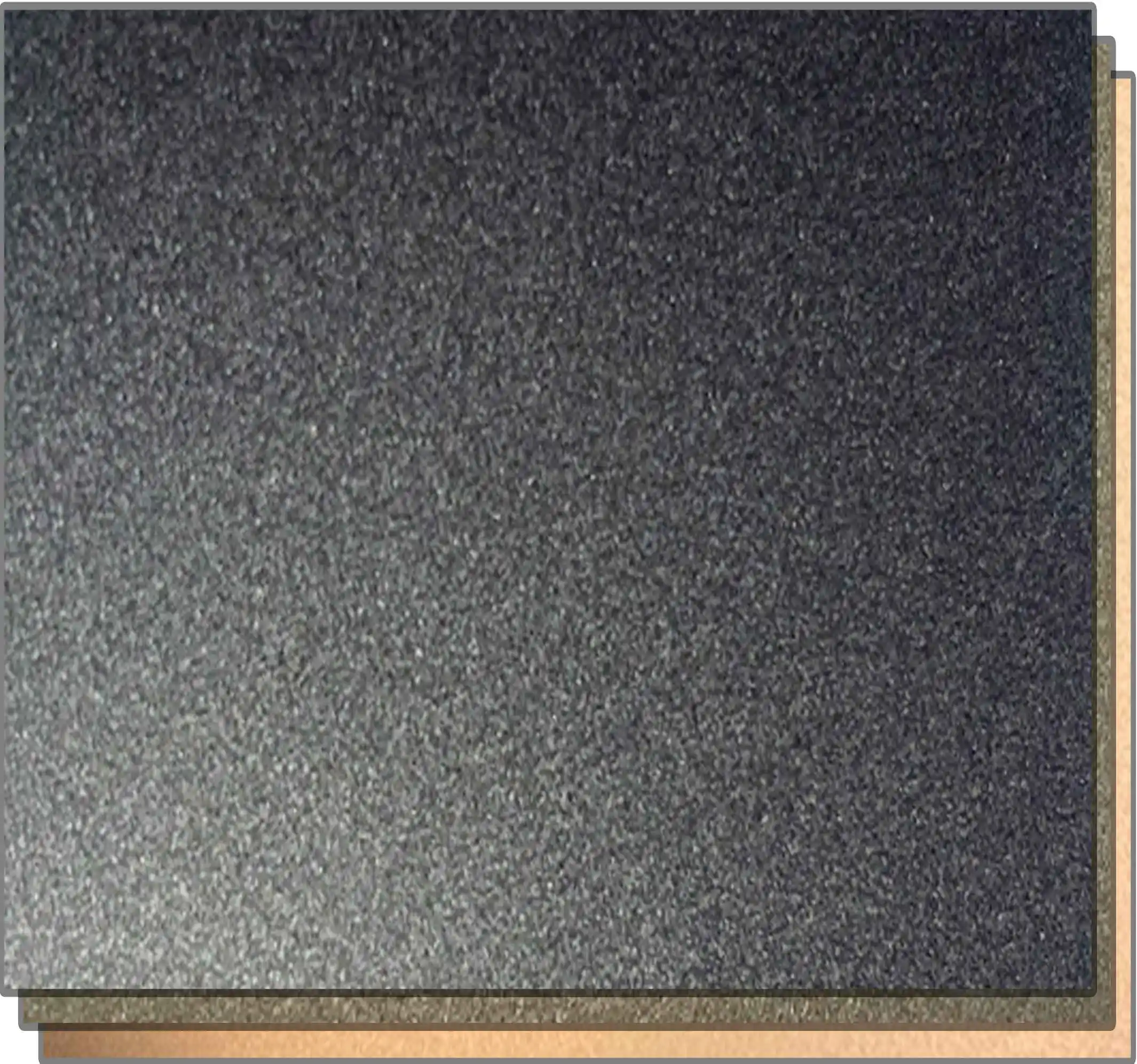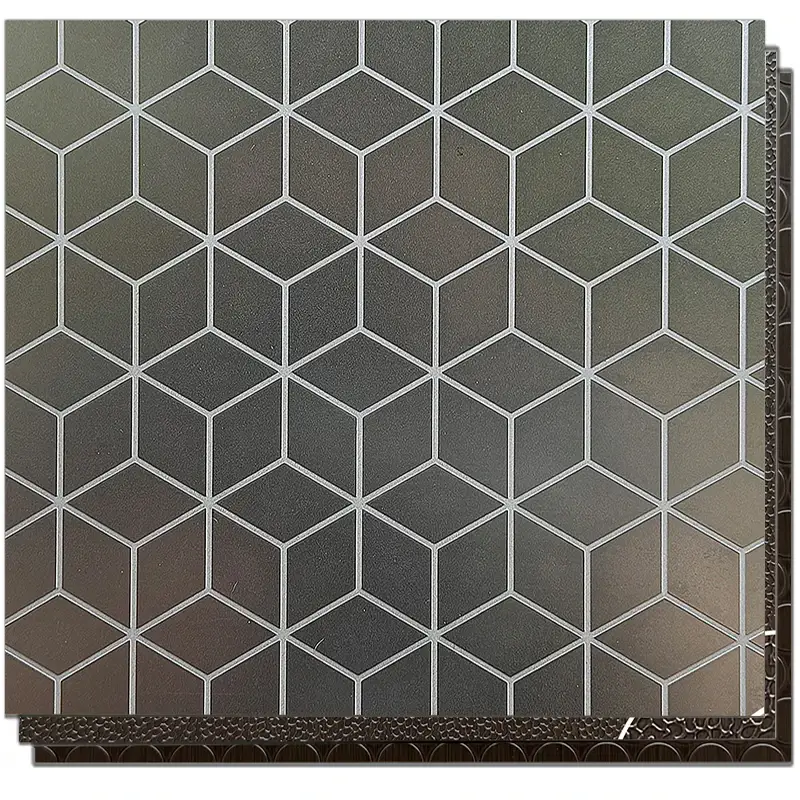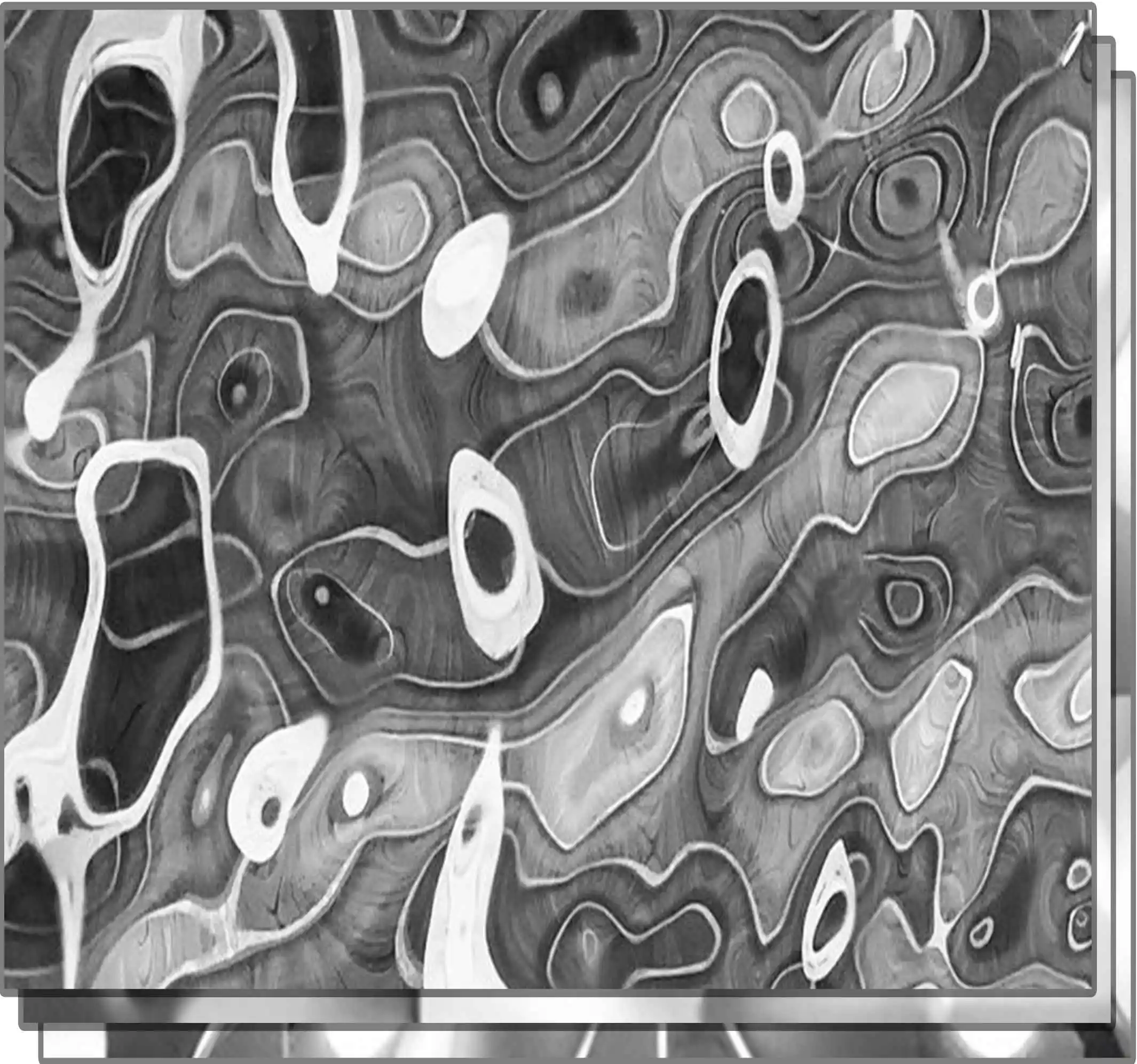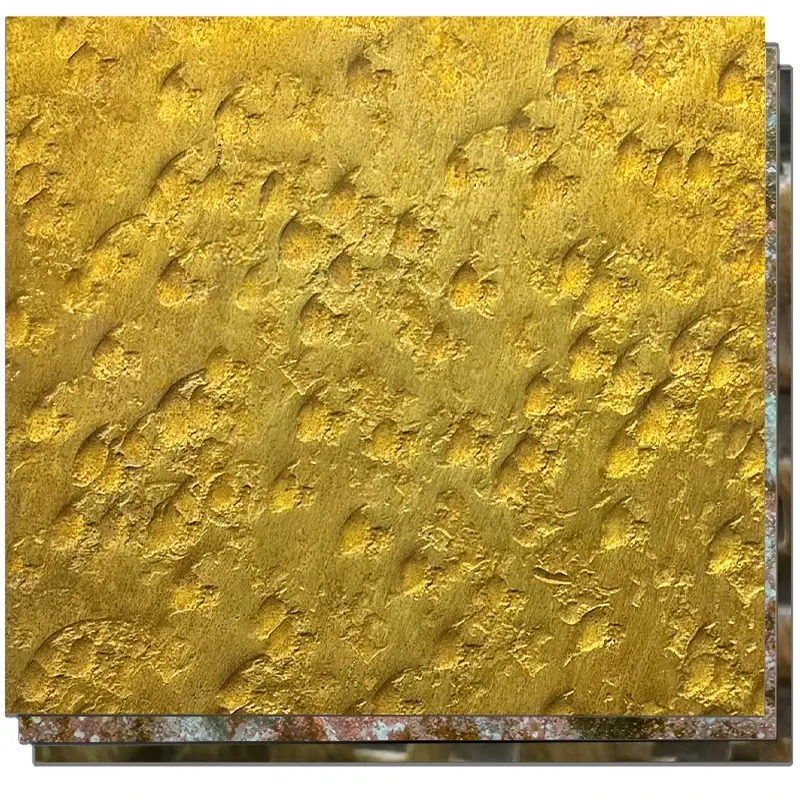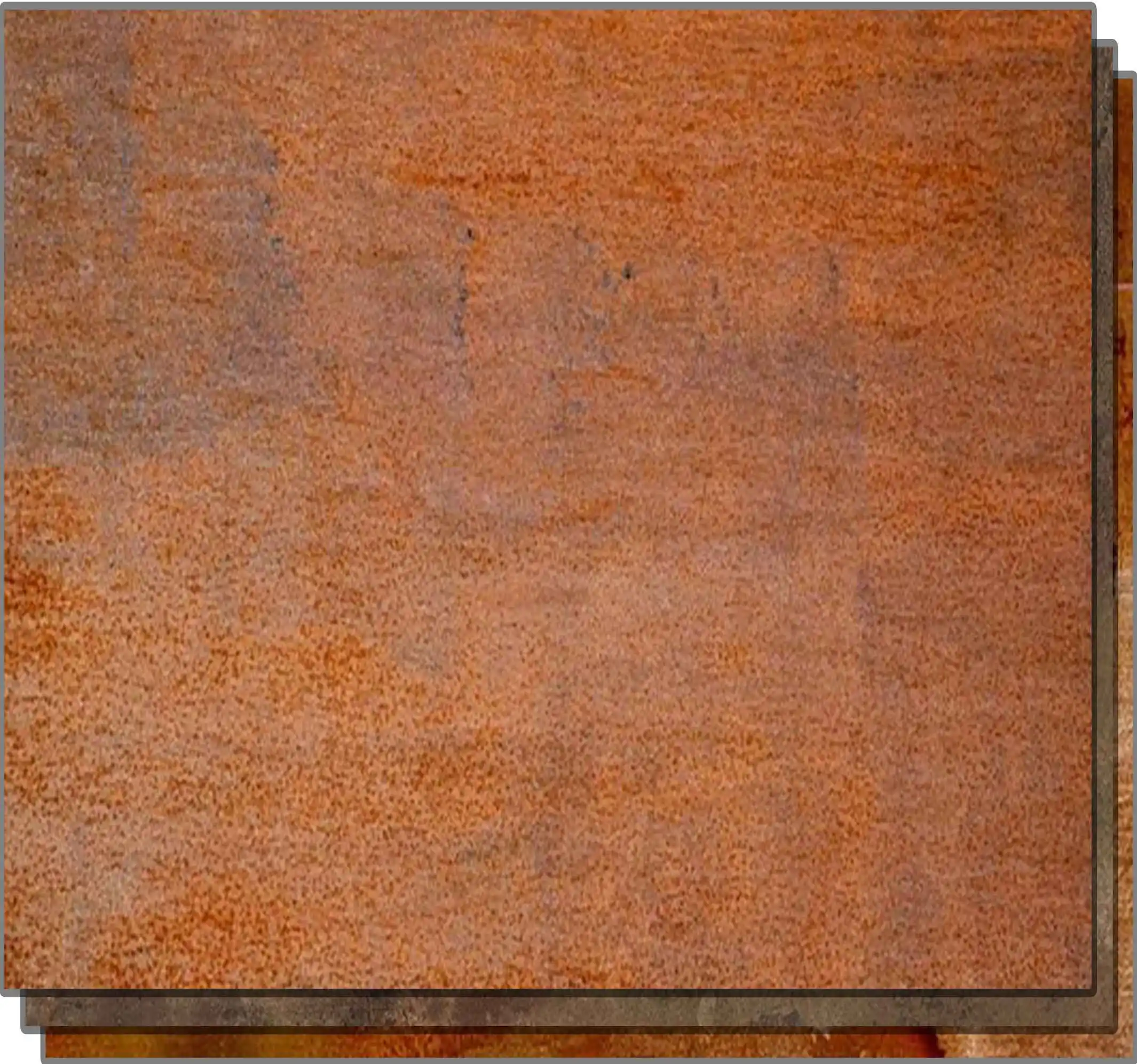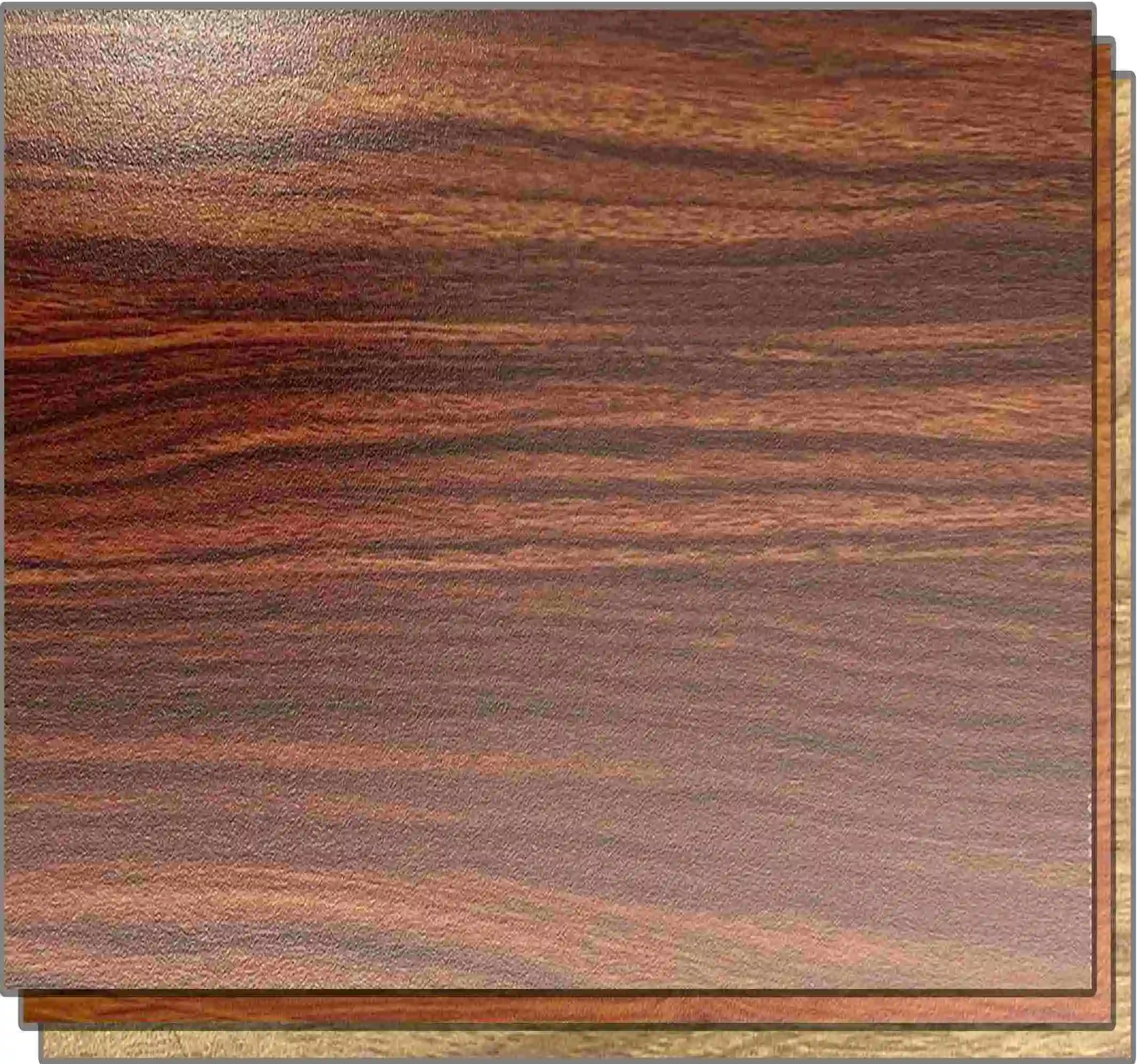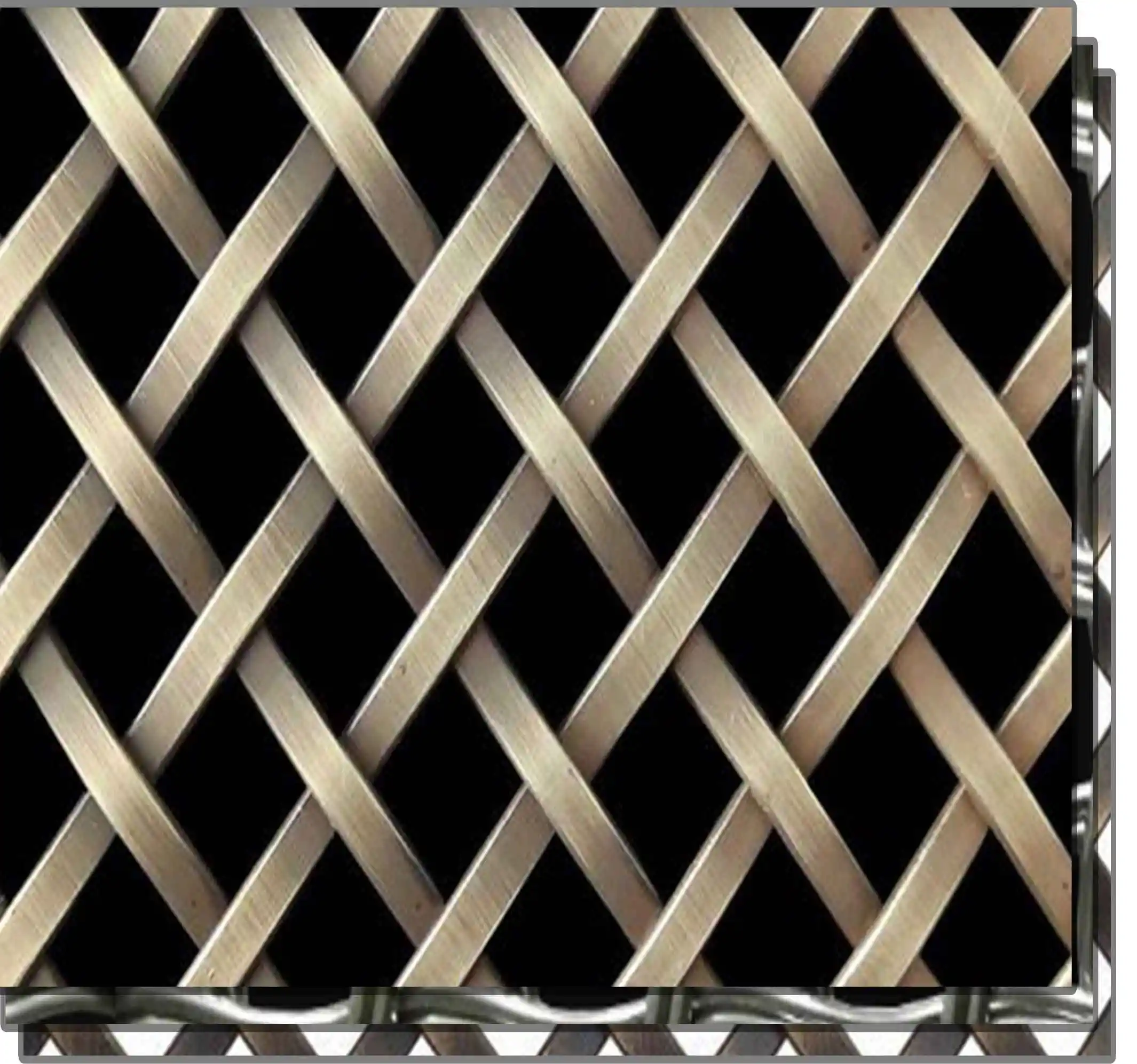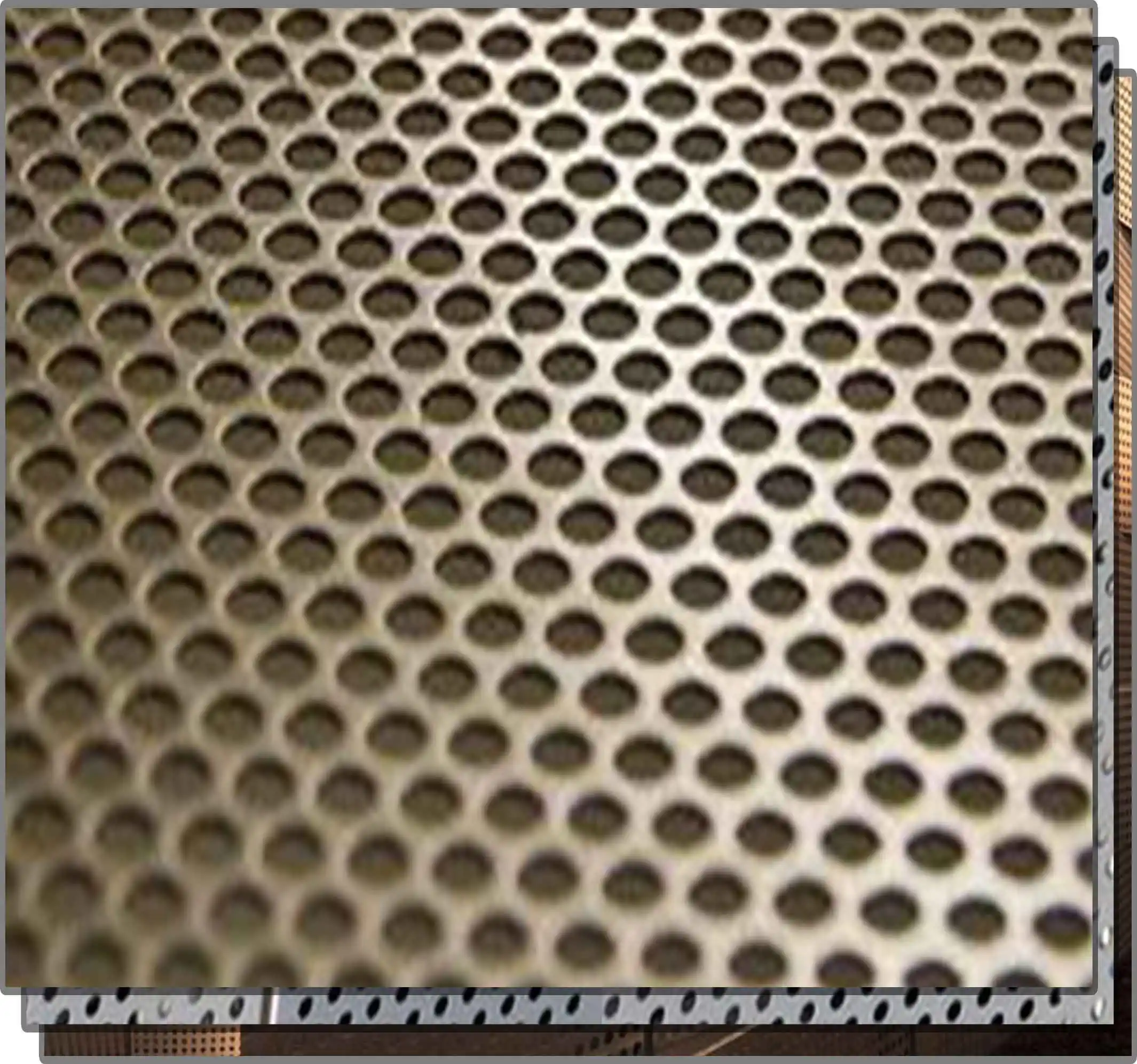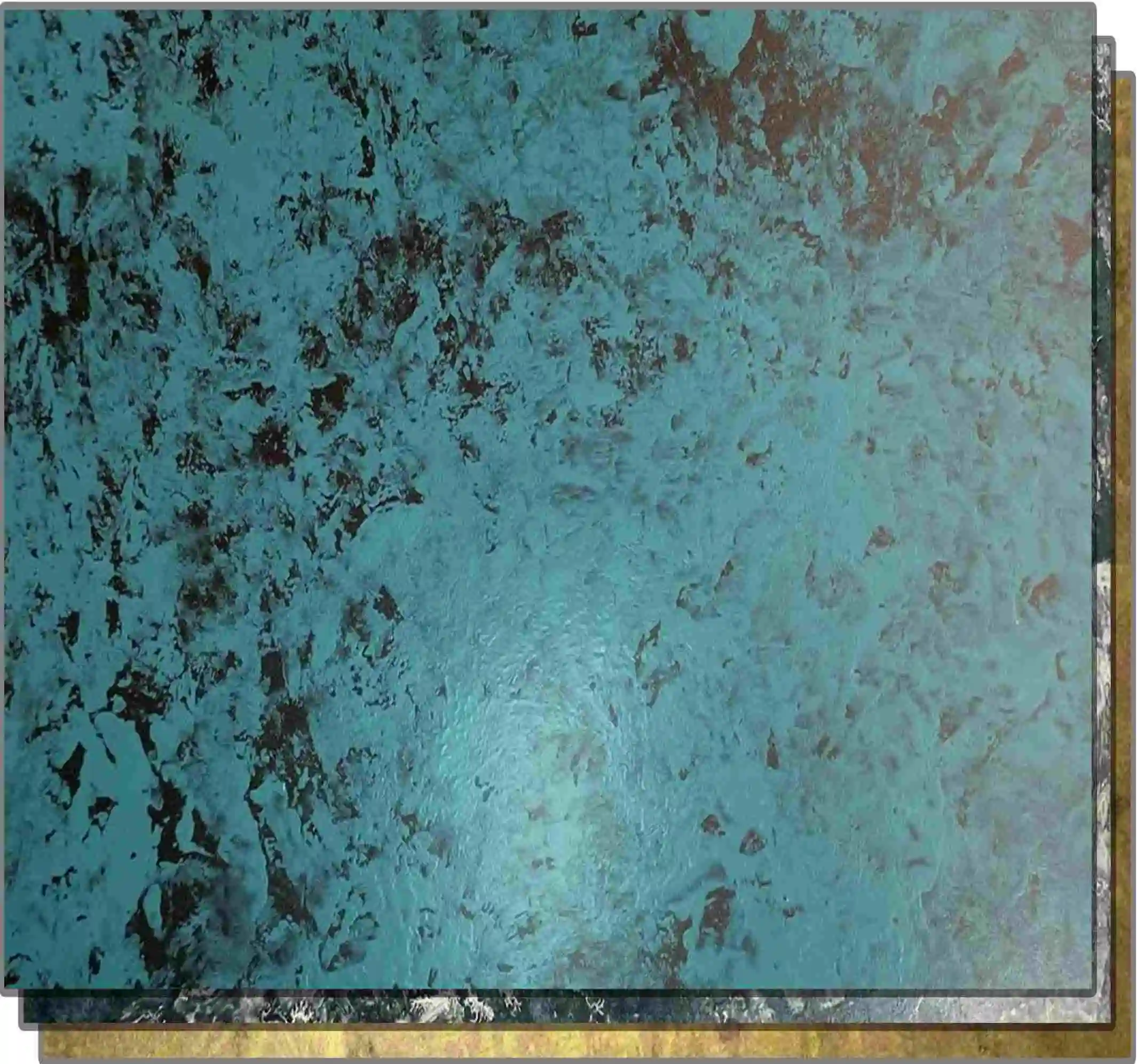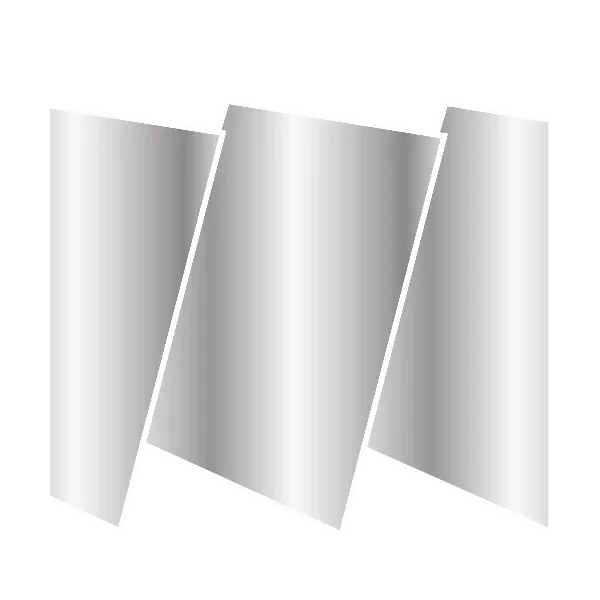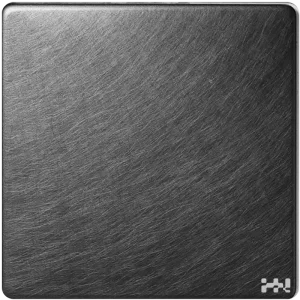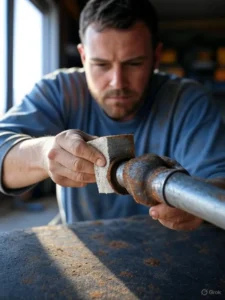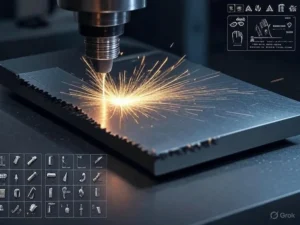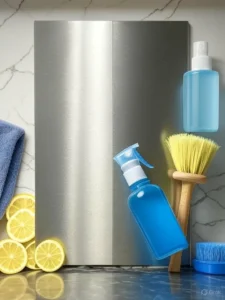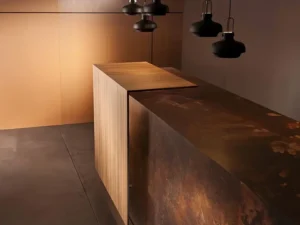![]() Sustainability
Sustainability
Decorative Copper Sheet Metal
Copper is commonly found in electrical and electronic systems nowadays. But remember, Copper has been...
Jun
What is stainless steel made of?
Stainless Steel is one of the essential and polished materials in our homes. You won’t...
Jun
How To Remove Rust From Metal?
Have you seen a brownish layer appearing over the metal? It is the rust that...
Jun
Applications of Etched Stainless Steel in Architecture/Home/Art Decoration
Materials that offer style and durability are in high demand in modern architecture and interior...
May
Modern Glass Room Divider Ideas
Modern homes and offices are generally very small, and building new rooms can be costly....
May
How to Cut Stainless Steel
Stainless Steel is an integral component of most products. The durability and resilience to sustain...
May
How to Clean Brushed Stainless Steel?
Do you have a Spanish-style home with stylish kitchen accessories? Visit and check the kitchen...
May
Living Room Divider Ideas: All You Need to Know
The living room is generally a place for relaxing, right? However, we cannot sit, eat,...
Apr
Office Room Partition Ideas: 8 Effective Tips
Modern offices are generally smaller and congested. All the employees have to sit together during...
Apr
Bedroom Divider Ideas: 8 Modern Tips For Better Look!
Often, one large room has to serve more than one purpose. For example, sometimes, your...
Apr
Decorating the Interior With Copper: 8 Designing Ideas
Some materials never go out of trend, and copper is one of them. It has...
Mar
Timeless Beauty and Durability of Aged Copper Sheets
Copper sheets are an excellent material for making different products. They are known for their...
Mar

